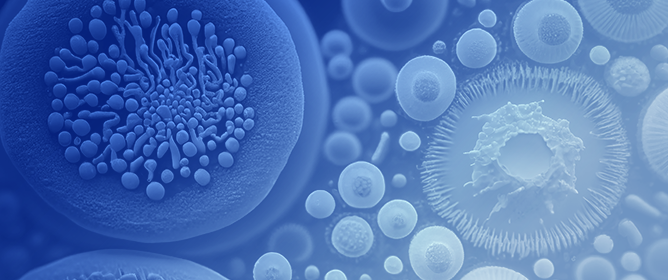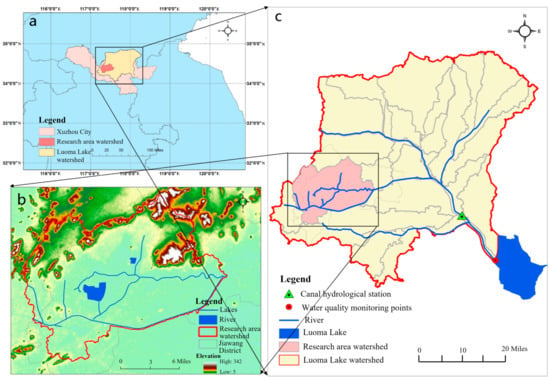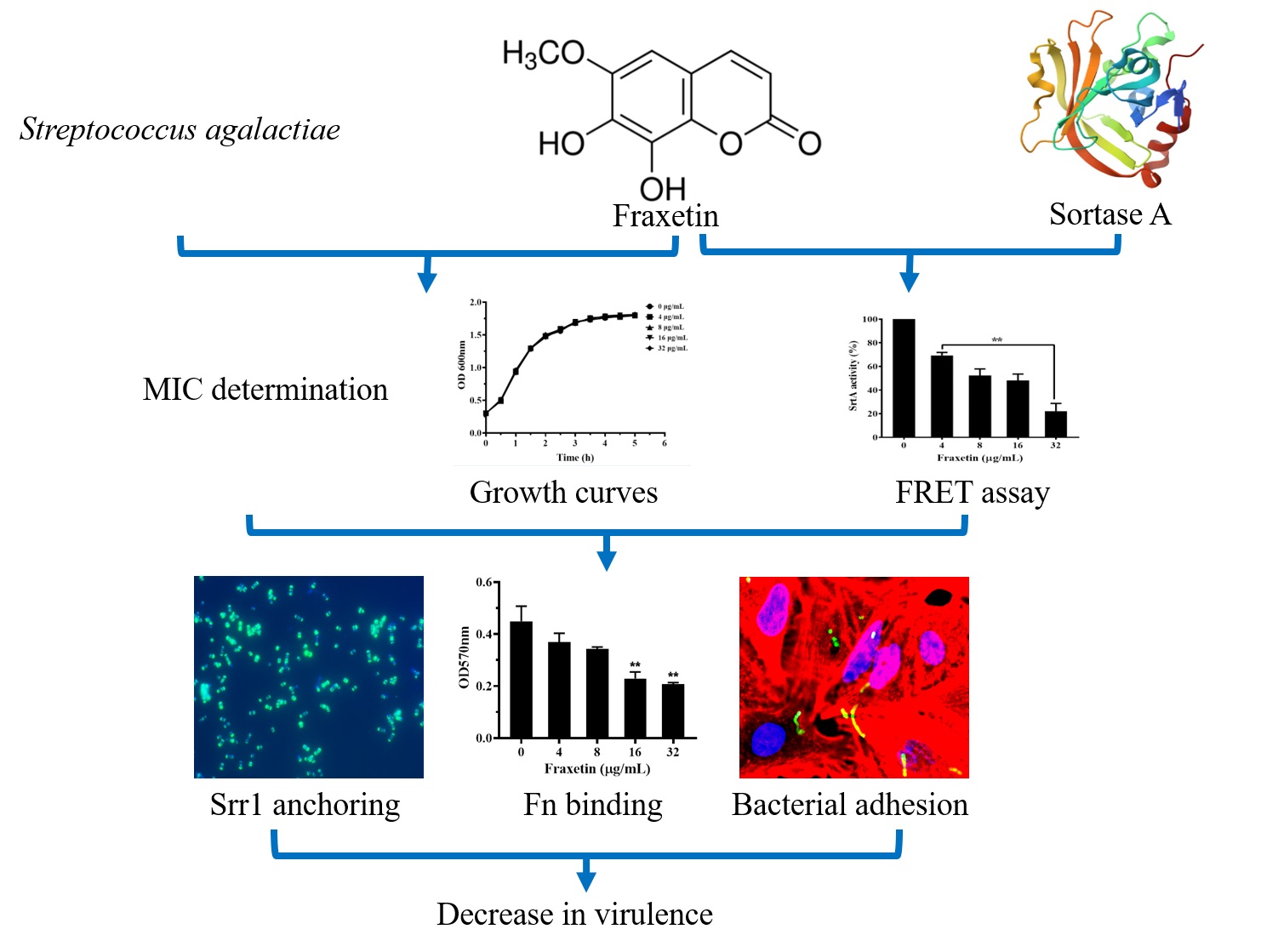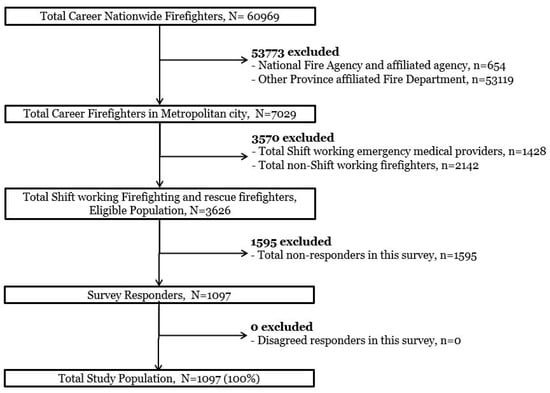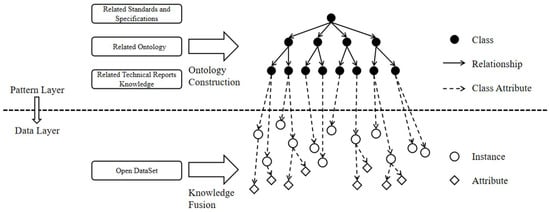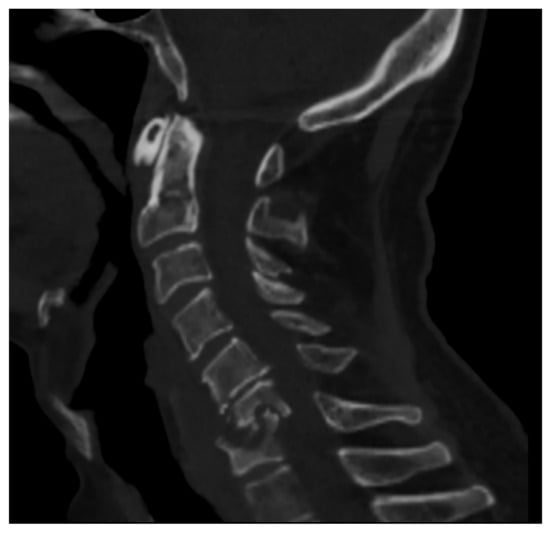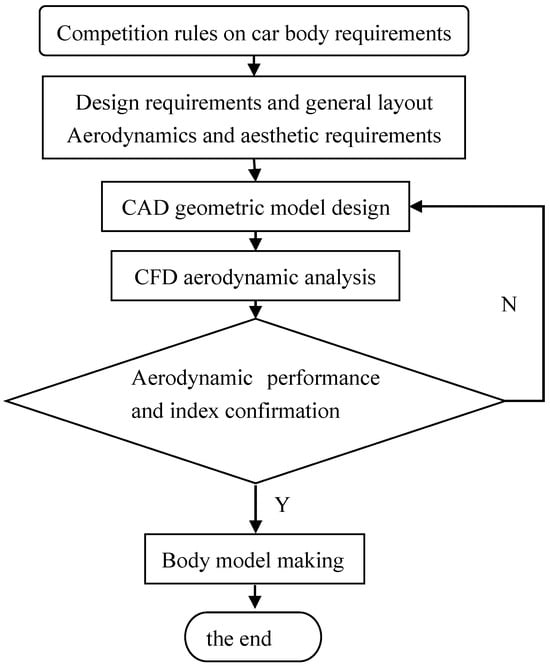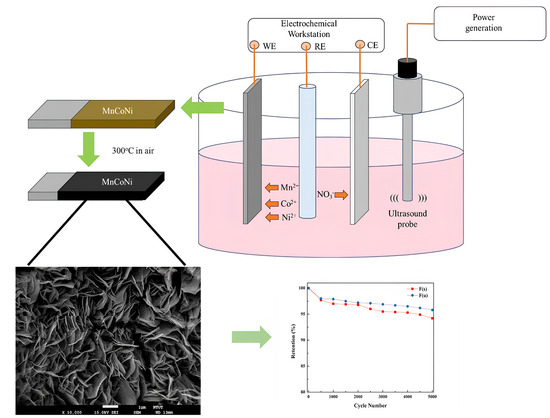Objectives: Radiomics and machine learning are innovative approaches to improve the clinical management of NSCLC. However, there is less information about the additive value of FDG PET-based radiomics compared with clinical and imaging variables.
Methods: This retrospective study included 320 NSCLC patients who underwent PET/CT with FDG at initial staging. VOIs were placed on primary tumors only. We included a total of 94 variables, including 87 textural features extracted from PET studies, SUVmax, MTV, TLG, TNM stage, histology, age, and gender. We used the least absolute shrinkage and selection operator (LASSO) regression to select variables with the highest predictive value. Although several radiomics variables are available, the added value of these predictors compared with clinical and imaging variables is still under evaluation. Three hundred and twenty NSCLC patients were included in this retrospective study and underwent 18F-FDG PET/CT at initial staging. In this study, we evaluated 94 variables, including 87 textural features, SUVmax, MTV, TLG, TNM stage, histology, age, and gender. Image-based predictors were extracted from a volume of interest (VOI) positioned on the primary tumor. The least absolute shrinkage and selection operator (LASSO) Cox regression was used to reduce the number of variables and select only those with the highest predictive value. The predictive model implemented with the variables selected using the LASSO analysis was compared with a reference model using only a tumor stage and SUVmax.
Results: NGTDM coarseness, SUVmax, and TNM stage survived the LASSO analysis and were used for the radiomic model. The AUCs obtained from the reference and radiomic models were 80.82 (95%CI, 69.01–92.63) and 81.02 (95%CI, 69.07–92.97), respectively (
p = 0.98). The median OS in the reference model was 17.0 months in high-risk patients (95%CI, 11–21) and 113 months in low-risk patients (HR 7.47,
p < 0.001). In the radiomic model, the median OS was 16.5 months (95%CI, 11–20) and 113 months in high- and low-risk groups, respectively (HR 9.64,
p < 0.001).
Conclusions: Our results indicate that a radiomic model composed using the tumor stage, SUVmax, and a selected radiomic feature (NGTDM_Coarseness) predicts survival in NSCLC patients similarly to a reference model composed only by the tumor stage and SUVmax. Replication of these preliminary results is necessary.
Full article
 IJMS
IMPACT
IJMS
IMPACT Applied Sciences
IMPACT
Applied Sciences
IMPACT Sustainability
IMPACT
Sustainability
IMPACT Sensors
IMPACT
Sensors
IMPACT JCM
IMPACT
JCM
IMPACT Energies
IMPACT
Energies
IMPACT Molecules
IMPACT
Molecules
IMPACT Materials
IMPACT
Materials
IMPACT Remote Sensing
IMPACT
Remote Sensing
IMPACT Cancers
IMPACT
Cancers
IMPACT Electronics
IMPACT
Electronics
IMPACT Mathematics
IMPACT
Mathematics
IMPACT Foods
IMPACT
Foods
IMPACT Buildings
IMPACT
Buildings
IMPACT Plants
IMPACT
Plants
IMPACT Nutrients
IMPACT
Nutrients
IMPACT Animals
IMPACT
Animals
IMPACT Polymers
IMPACT
Polymers
IMPACT Water
IMPACT
Water
IMPACT Diagnostics
IMPACT
Diagnostics
IMPACT Biomedicines
IMPACT
Biomedicines
IMPACT Agronomy
IMPACT
Agronomy
IMPACT Microorganisms
IMPACT
Microorganisms
IMPACT Processes
IMPACT
Processes
IMPACT Healthcare
IMPACT
Healthcare
IMPACT Forests
IMPACT
Forests
IMPACT Cells
IMPACT
Cells
IMPACT JMSE
IMPACT
JMSE
IMPACT Medicina
IMPACT
Medicina
IMPACT Viruses
IMPACT
Viruses
IMPACT Agriculture
IMPACT
Agriculture
IMPACT Nanomaterials
IMPACT
Nanomaterials
IMPACT IJERPH
IJERPH
 Land
IMPACT
Land
IMPACT Pharmaceutics
IMPACT
Pharmaceutics
IMPACT Pharmaceuticals
IMPACT
Pharmaceuticals
IMPACT Religions
IMPACT
Religions
IMPACT Biomolecules
IMPACT
Biomolecules
IMPACT Life
IMPACT
Life
IMPACT Micromachines
IMPACT
Micromachines
IMPACT Atmosphere
IMPACT
Atmosphere
IMPACT Antioxidants
IMPACT
Antioxidants
IMPACT Genes
IMPACT
Genes
IMPACT Metals
IMPACT
Metals
IMPACT Symmetry
IMPACT
Symmetry
IMPACT Children
IMPACT
Children
IMPACT Coatings
IMPACT
Coatings
IMPACT Vaccines
IMPACT
Vaccines
IMPACT Horticulturae
IMPACT
Horticulturae
IMPACT Education Sciences
IMPACT
Education Sciences
IMPACT Minerals
IMPACT
Minerals
IMPACT Brain Sciences
IMPACT
Brain Sciences
IMPACT JPM
IMPACT
JPM
IMPACT Bioengineering
IMPACT
Bioengineering
IMPACT



